Cefixime is an antibiotic medication that belongs to the class of drugs known as cephalosporins. It is a broad-spectrum antibiotic used to treat a variety of bacterial infections. Cefixime is available in oral tablet form and is commonly prescribed for respiratory tract infections, urinary tract infections, and certain sexually transmitted diseases.
Safety Measures
Before taking Cefixime, it is important to consider certain safety measures:
- Cefixime should not be taken if you have a known allergy to cephalosporins or any other ingredients in the medication.
- If you have a history of severe allergic reactions to penicillin or other beta-lactam antibiotics, it is essential to inform your healthcare provider before starting Cefixime.
- Inform your doctor about any medical conditions you have, including kidney disease, liver disease, or gastrointestinal disorders, as dosage adjustments may be necessary.
- Use of Cefixime during pregnancy or breastfeeding should be discussed with your healthcare provider.
- Cefixime may interact with certain medications, so it is crucial to inform your healthcare provider about all the medications you are currently taking.
Potential Side Effects
Like any medication, Cefixime can cause certain side effects. Common side effects include:
- Diarrhea
- Nausea
- Abdominal pain
- Headache
- Minor allergic reactions such as skin rash or itching
If any of these side effects persist or worsen, inform your doctor promptly. Serious side effects are rare, but seek immediate medical attention if you experience any of the following:
- Severe stomach pain or cramping
- Signs of liver problems (yellowing of the eyes or skin, dark urine, persistent nausea or vomiting)
- Severe skin reactions
- Signs of an allergic reaction (difficulty breathing, swelling of the face or throat, hives)
Dosing Information
The dosing information for Cefixime depends on the specific infection being treated and the patient’s age. It is essential to follow your healthcare provider’s instructions regarding dosing. Typically, the recommended doses for adults and children over six months old are:
| Infection | Dosage |
|---|---|
| Respiratory tract infections | 400 mg once daily |
| Urinary tract infections | 400 mg once daily |
| Gonorrhea (uncomplicated) | 400 mg as a single dose |
If you miss a dose of Cefixime, take it as soon as you remember. If it is almost time for your next dose, skip the missed dose and continue with your regular dosing schedule. Do not take a double dose to make up for the missed one.
In case of an overdose, seek immediate medical attention or contact a poison control center. Symptoms of an overdose may include severe stomach pain, vomiting, and seizures.
Drug Combinations
Cefixime may interact with certain medications, altering their effectiveness or causing potential side effects. Inform your healthcare provider about all medications, including prescription, over-the-counter, and herbal supplements that you are taking.
Some common drug combinations to be cautious of include:
- Warfarin (a blood thinner) – Cefixime can increase the risk of bleeding when taken with warfarin.
- Probenecid (used to treat gout) – Probenecid may increase the concentration of Cefixime in the blood, increasing the risk of side effects.
- Methotrexate (used to treat certain cancers and autoimmune diseases) – Cefixime may increase the toxicity of methotrexate.
- Oral contraceptive pills – Cefixime may reduce the effectiveness of the contraceptive pills. Alternative methods of contraception may be necessary.
Q&A
-
Can Cefixime be taken with food?
Cefixime can be taken with or without food. However, taking it with food can help reduce stomach upset. -
How long does it take for Cefixime to start working?
The onset of action for Cefixime varies depending on the infection being treated. It is important to complete the full course of medication as prescribed by your healthcare provider. -
Can Cefixime be used during pregnancy?
The use of Cefixime during pregnancy should be discussed with your healthcare provider. They will weigh the potential risks and benefits before recommending its use. -
What should I do if I experience diarrhea while taking Cefixime?
If you experience diarrhea while taking Cefixime, it is important to inform your healthcare provider. They may recommend probiotics or other measures to manage the diarrhea. -
Can Cefixime treat viral infections?
No, Cefixime is an antibiotic and is not effective against viral infections. It is only effective against bacterial infections.
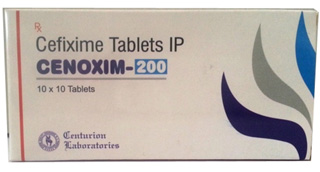
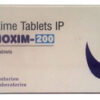
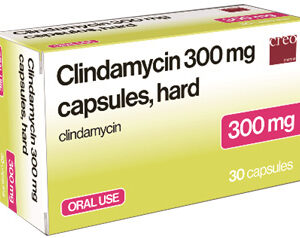
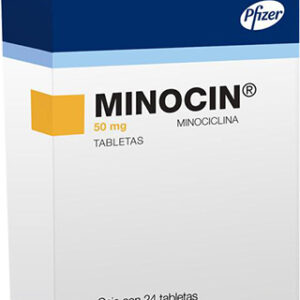
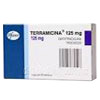
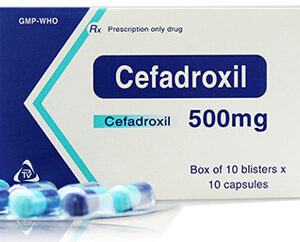
Reviews
There are no reviews yet.